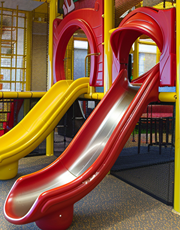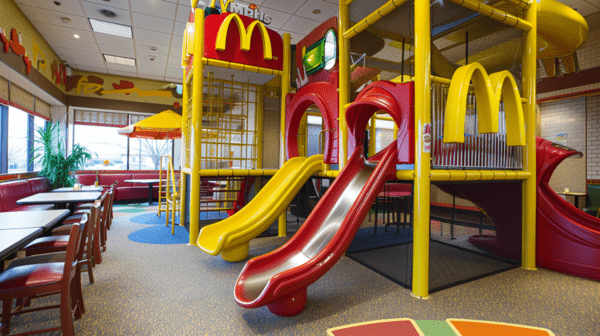5 Reasons to Get First Aid Certified Today
Everyone knows that our future is uncertain, and accidents or emergencies can occur at any time and in any place. Whether you’re at home or out in the community, being prepared for the unexpected can make all the difference. That’s where first aid certification comes into the picture!
Studies in the U.S. alone estimate that 6% of adults had an activity-limiting injury in the past 3 months. The ability for common people to administer first aid on the scene can significantly prevent further harm to the effected individual. If you’re wondering whether you should invest your time and effort in obtaining this certification, here are five compelling reasons to get certified today!
What is First Aid Certification?
As the name suggests, first aid provides emergency assistance to an injured person after an incident occurs to ease pain and prevent the condition from worsening. Obtaining first aid certification will familiarize you with basic emergency protocols for managing injuries.
The course covers a wide range of topics, from wound care to resuscitation techniques, empowering you to be the first aid responder until professional help arrives. First aid training courses emphasize three key principles:
- Preserve Life
- Prevent Deterioration
- Promote Recovery.
5 Reasons to Enroll for First Aid Certification Today
While it’s commonly understood that first aid can save lives, the program has additional aspects that are equally important. The insights gained from training serve as reminders of safety, independence, and accountability. Let us explore the five reasons why getting the certification is essential.
Life-Saving Skills
In a medical emergency, every second counts. Consider an incident like sudden cardiac arrest or choking. With proper training, you can confidently step in to provide essential care. First Aid certification equips you with life-saving skills to act decisively during emergencies.
Having the necessary knowledge and skills allows you to administer first aid properly. In such crises, the immediate application of these life-saving techniques can sustain a person’s life.
School and Workplace Value
Nowadays, employers demand that candidates have first aid certification and it goes beyond the healthcare domain. They prefer employees who can provide primary care in different emergencies. By obtaining the certification, you can contribute to a safer working environment, as well as safer schools for students. Teaching kids about first aid is also important even just to know about when to seek help from adults or calling 911.
Moreover, for some professions, having this certification is not a preference but a legal requirement. For instance, if you work as a childcare professional or a lifeguard, this certification is mandatory. Having such trained professionals reduces the chances of fatality.
Think-out-of-Box Solutions
Learning to be resourceful is crucial during unexpected events or accidents. First aid training will help you stay grounded in real-life emergencies. The insights gained from this certification will help you find aid with available tools. Hands-on experience that will encourage you to think outside the box and maximize the resources around you. By using alternatives with simple items, you can create effective, temporary remedies to relieve discomfort.
Community and Civic Responsibility
Having a first aid certification is not only about personal preparedness. It also demonstrates your commitment to the welfare of the community. In times of natural disaster or large-scale crisis, you will be able to provide immediate assistance to those in need, making your certifications an invaluable source.
Furthermore, with the credit, you can volunteer for local community organizations, disaster relief teams, and more. The certification is often a prerequisite for such roles. It will help you contribute to the safety and well-being of your community.
Improved Confidence
Knowledge is power, especially during medical emergencies. When you have the certification, you can respond to an array of cases. It will give you the self-esteem that you can save yourself and anyone in case of any injuries or accidents.
During the training, you will learn to understand the pain and collect information from the victim while taking necessary action. You can provide temporary, appropriate relief to the victims, which will enhance their survival rate. Once the professional arrives at the scene, you can transmit the information about the patient’s condition, continuing the chain of survival.
Tips to Choose the Right Certification Provider
First aid training is a fundamental skill that many people aspire to acquire today. But how do you choose the right one? Below are some expert tips to help you out!
- Reputable provider: It is important to select a first aid certification provider with a good reputation. They should be accredited and recognized by authentic organizations.
- Skilled instructors: The course should have passionate and knowledgeable instructions for a better learning experience. They should be able to share insights from their experience.
- Course content and structure: Look out for first aid certification courses that cover the latest guidelines and standards. The structure should be clear and easy to follow, with interactive learning materials such as videos, animations, and quizzes. The course should cover various topics, including:
- Bleeding control
- Choking
- Cardiac arrest and other medical images.
- Practical training: Courses should include practical sessions that allow you to demonstrate your skills and receive feedback to improve your skill assessment.
Conclusion
Whether at home, in the community, or at school, First aid is not only a valuable skill set; it’s a life-saving toolkit. Obtaining first aid certification is a proactive step that empowers you to make a significant difference. Whether it’s for personal preparedness or professional development, there’s no need to delay. Certification will prepare you to respond effectively in emergencies, save lives, and make a positive impact on the community.

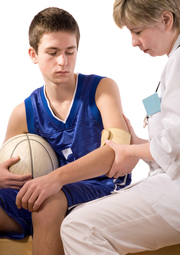
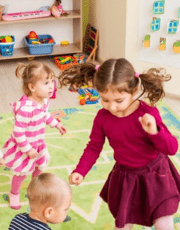
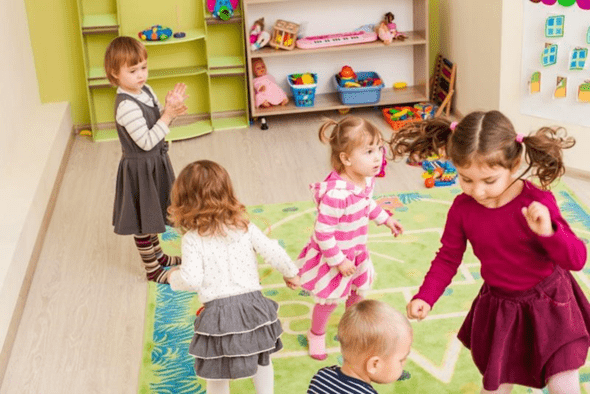
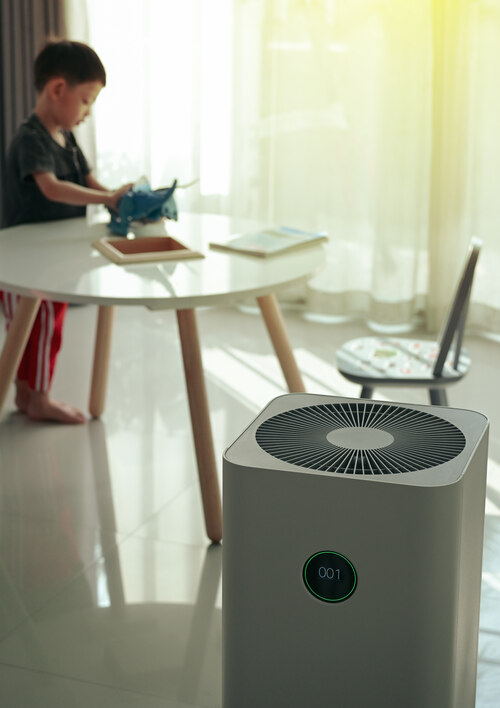
 Katie Brenneman is a passionate writer specializing in education, mental health, family lifestyle and online safety. When she isn’t writing, you can find her with her nose buried in a book or hiking with her dog, Charlie. You can follow her on
Katie Brenneman is a passionate writer specializing in education, mental health, family lifestyle and online safety. When she isn’t writing, you can find her with her nose buried in a book or hiking with her dog, Charlie. You can follow her on 